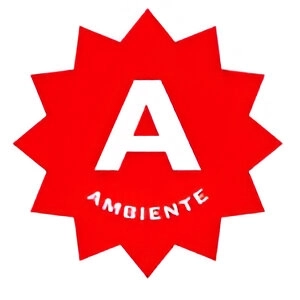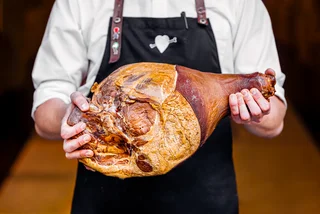Fried pancakes made from yeast dough, often topped with garlic, ketchup, and sprinkled with grated cheese—that’s a simple way to describe lángos, a dish beloved by many Czechs. But where did lángos originate, and how can you make them at home?
The history of lángos is difficult to trace, though some sources suggest it was introduced by the Turks, who brought the dish to Hungary in the 16th century. Back then, the irregularly shaped pancakes were baked, not fried, and made from bread dough as a breakfast food. The name lángos comes from the Hungarian word láng (meaning "flame"), as they were traditionally baked near an open flame in brick ovens.

The original recipe has evolved over time. In the 1950s, Hungarians began frying lángos in oil, giving them their signature crispy texture. The dish made its way to Czechoslovakia after World War II, gaining popularity, especially at public events. Today, lángos remains a staple of fast food, particularly at fairs, festivals, and markets.
Elevating lángos to gourmet status is the Lángos Fry Day pop-up, created by Ambiente cooking school chefs Tomáš Valkovič and Jiří Horák. While the pop-up doesn’t run regularly, it's worth following their Instagram for updates on their next lángos event. In the meantime, you can try making your own at home using their recipe.
Ingredients
- 850 g of plain flour
- 100 g sour cream
- 200 ml milk
- 250 ml water
- 10 ml sunflower oil (+ oil for frying)
- 5 g fresh yeast
- 27 g salt
- Generous pinch of carraway
Instructions
- 1.Gently combine the above ingredients and knead, working into a dough that eventually pulls away from the side of the bowl without sticking.
- 2.Divide the dough into loaves weighing around 160 g per portion.
- 3.Roll out the balls like pizza dough, transfer to a baking tray and cover with a tea towel to prevent them from drying out. Refrigerate for three hours.
- 4.Half an our before frying, take the risen dough out of the fridge to let it rise; the volume should increase by about one and a half times.
- 5.Lángos are reminiscent of Neapolitan pizza: shape the dough so that the thin center is surrounded by higher edges that rise nicely when fried.
- 6.Heat enough the oil in a deep pan. The lángos shouldn't touch the bottom!
- 7.The lángos are fried in one go. Baste the top side with warm oil so that the dough and edges puffs up evenly. Basting also shortens the frying time and contact with the oil to and helps avoid greasiness.
- 8.After a 1 minute, flip the lángos over fry and for another a minute on the other side, then transfer onto a paper towel to drain off the excess oil.

Chef's tip
The recipe relies on a deep-frying which means the oil acts not only as a conductor of heat but also as an ingredient. Make the right choice! In the case of lángos, it is ideal to buy a good quality rapeseed or sunflower oil. Both have a favorable smoke point. Getting the oil hot is just as important as preheating the oven before baking. The temperature of the fat when frying should be around 180 to 185 degrees Celsius. Anything lower will result in a crispy crust; higher temperature mean the dough will quickly burn without the time needed to cook through perfectly.
In the Czech Kitchen is a weekly column written in cooperation with Ambiente's culinary experts. Established in 1995, the Prague-based collective of pubs, restaurants, and fine-dining outlets has transformed the Czech culinary landscape and led to widespread awareness of quality food service and production in Czechia. Follow their socials or book your table at www.ambi.cz.












 Reading time: 3 minutes
Reading time: 3 minutes 



















